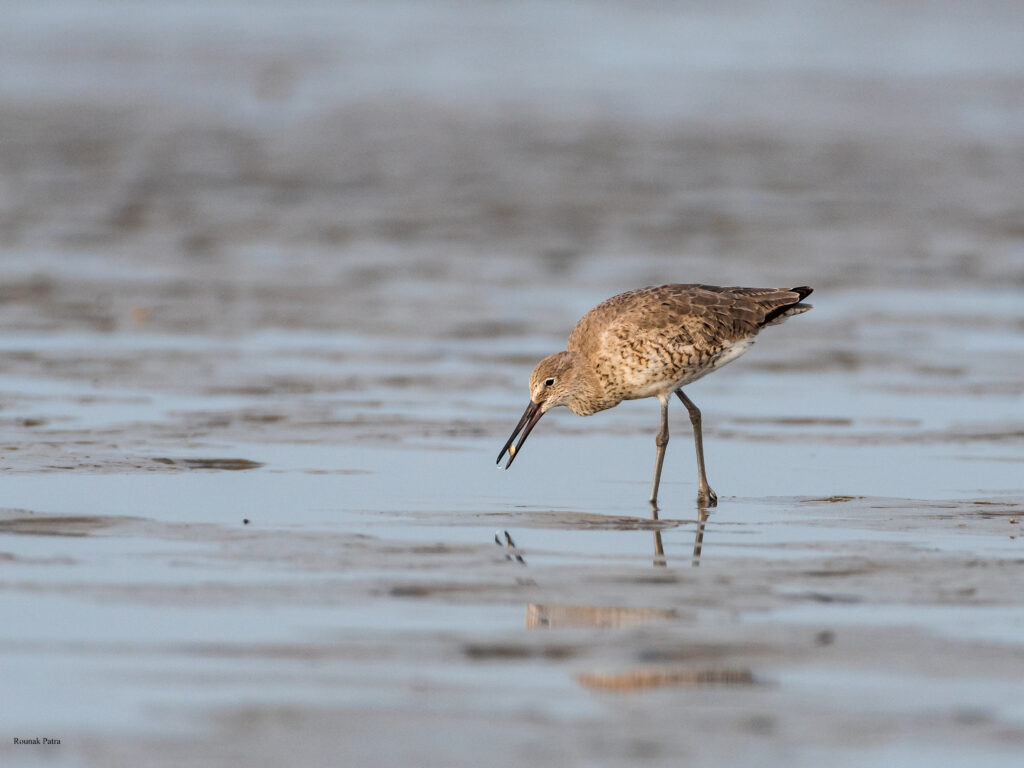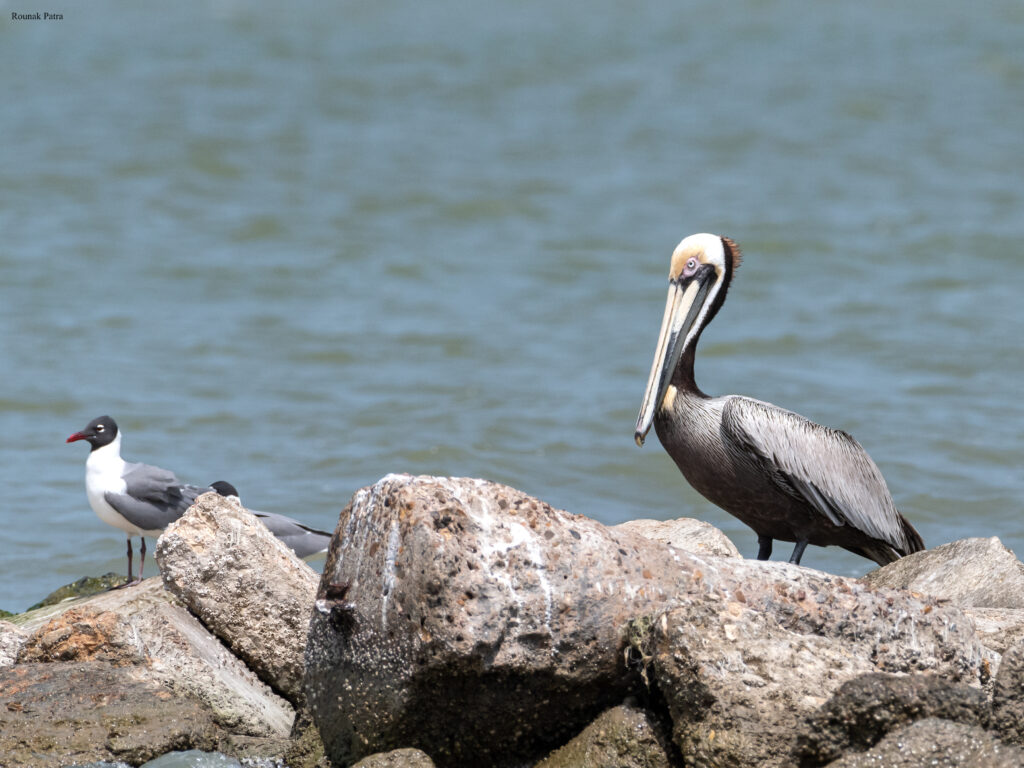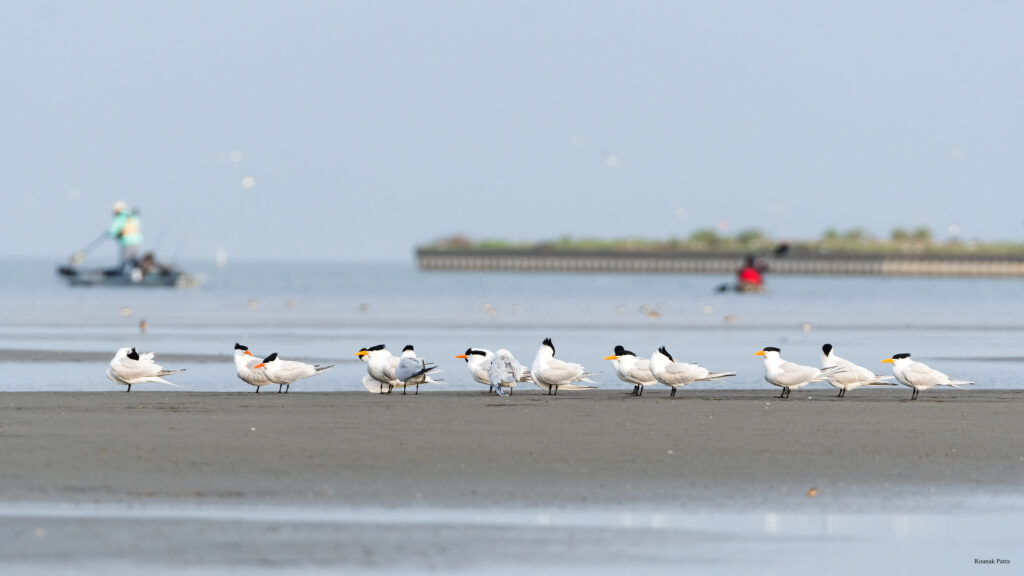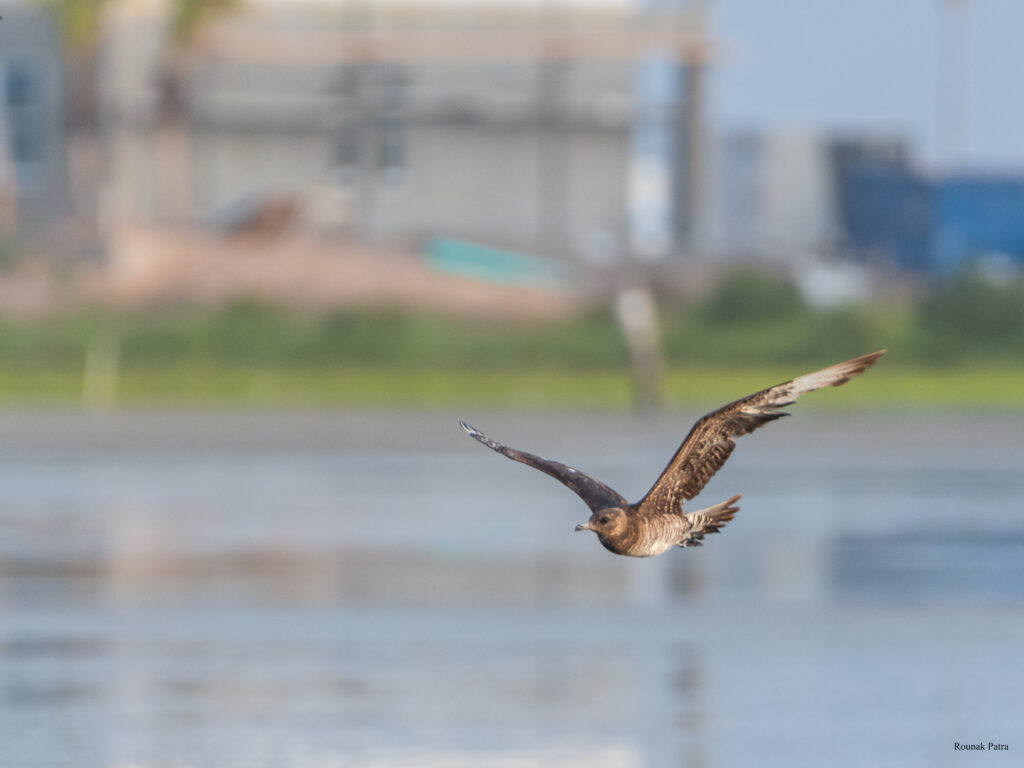Spring Migration Road Trip – Birding Across Coastal Texas
This much-anticipated road trip was our chance to dive into the lush, bird-rich habitats of coastal Texas during peak spring migration. With just a handful of days in early April, we set out to experience firsthand the dynamic movement of migratory birds across a stunning east-to-west gradient—where warbler waves, coastal waders, and raptors all promised excitement.
Our journey began on April 2nd, with a classic road trip mishap—a hiccup with the car before we even got started—but it was smooth sailing afterward. On April 3rd, we explored Bentsen-Rio Grande Valley State Park. The day brought several great bird sightings—but also swarms of mosquitoes. Despite the humid conditions and an underwhelming presence of migratory warblers, we logged some great local species and spent the night camping under heavy air. April 4th took us through Santa Ana National Wildlife Refuge, where storm-damaged trails left us slightly disoriented. Our detour to Laguna Atascosa didn’t quite go as planned either, with closures forcing us to stay on drivable routes. But the day ended on a high note with coastal birding at South Padre Island, where we enjoyed waders and shorebirds despite the beach crowds. April 5th was packed: at Tortuga Flats, we struck gold with a Parasitic Skua, Magnificent Frigatebird, and a bustling mass of black skimmers and sandpipers. Later, a brief yet thrilling glimpse of an Aplomado Falcon made the day. Stops at Hazel Bazemore’s hawk watch platform, Riviera, and a successful stakeout for the Cattle Tyrant in Corpus Christi rounded out a long, rewarding day. We ended with camping at Goose Island, this time in much cooler, mosquito-free conditions.
Our final day, April 6th, brought us to Galveston and Sabine Woods, where strong winds and cold temperatures made birding tough. Still, we finally encountered a burst of passerine activity, adding several warblers and woodland species to our lists—including Blue Jays, Red-bellied Woodpeckers, and Downy Woodpeckers. Throughout the trip, we tracked bird activity and movement with an eye on space and time, noting how migratory intensity changed across habitats. Despite some dips—including Lesser Nighthawk, Canyon Wren, and Harris’s Hawk—the diversity and sheer beauty of the landscapes more than made up for it.We wrapped up the trip back in Baton Rouge, reflecting on our favorite moments, best birds, and the sheer thrill of spring migration in motion. This trip was just a first taste of Texas in spring, and we left with a deeper appreciation for how migration pulses across a continental scale.
https://ebird.org/tripreport/345364



